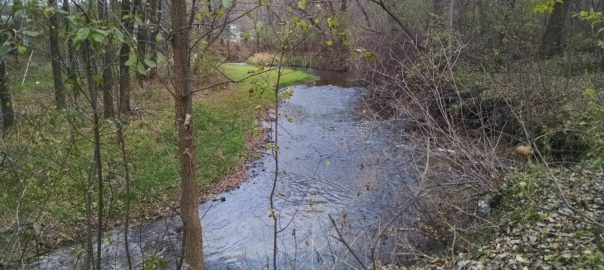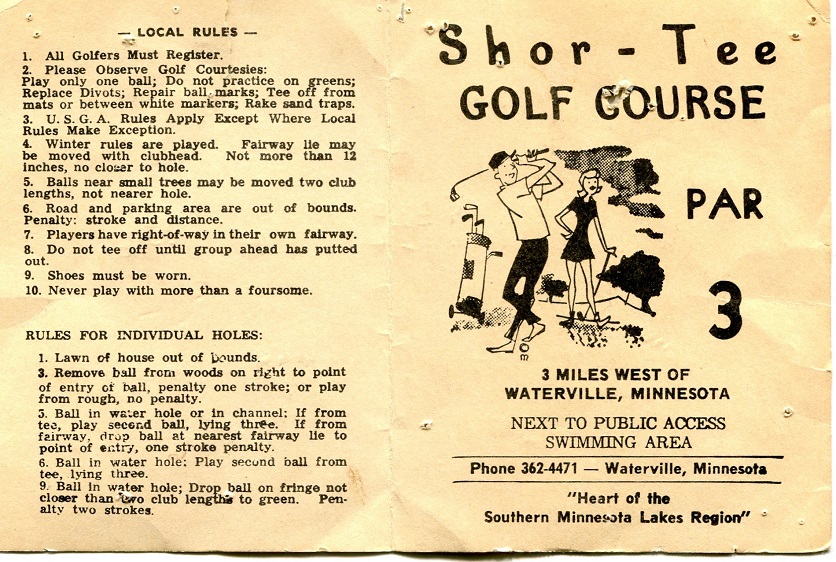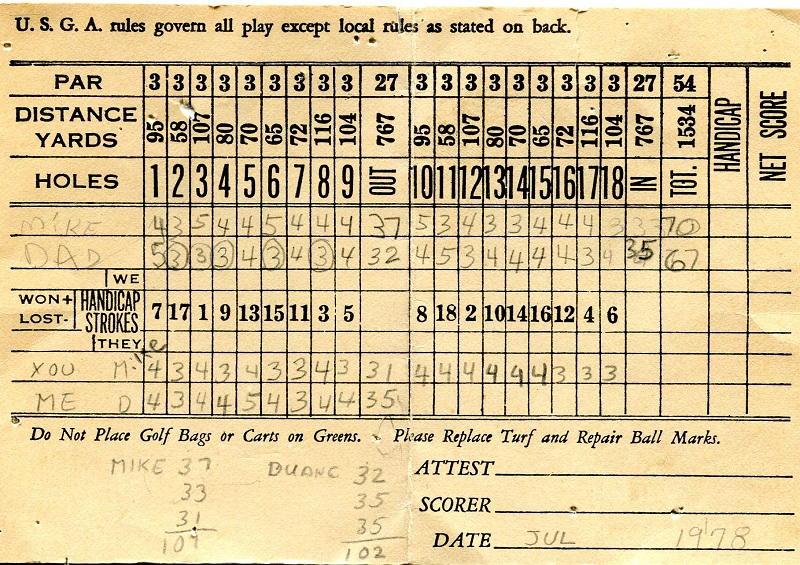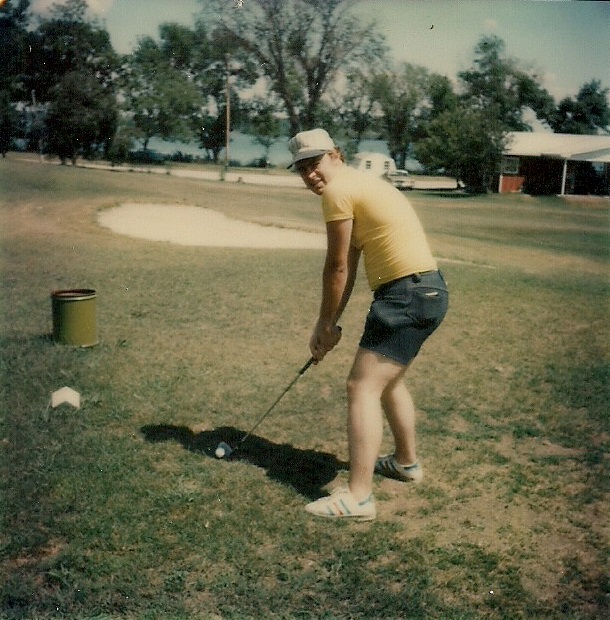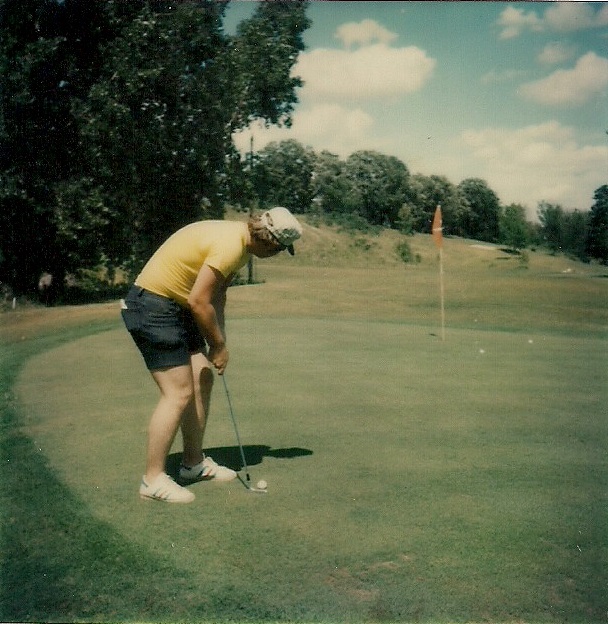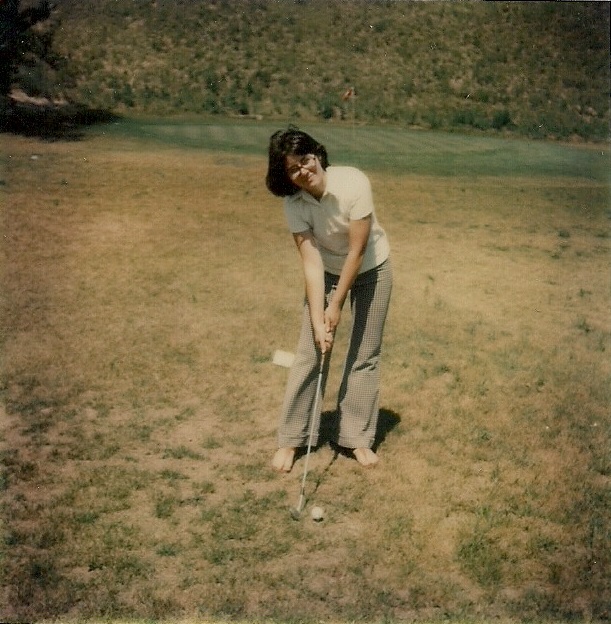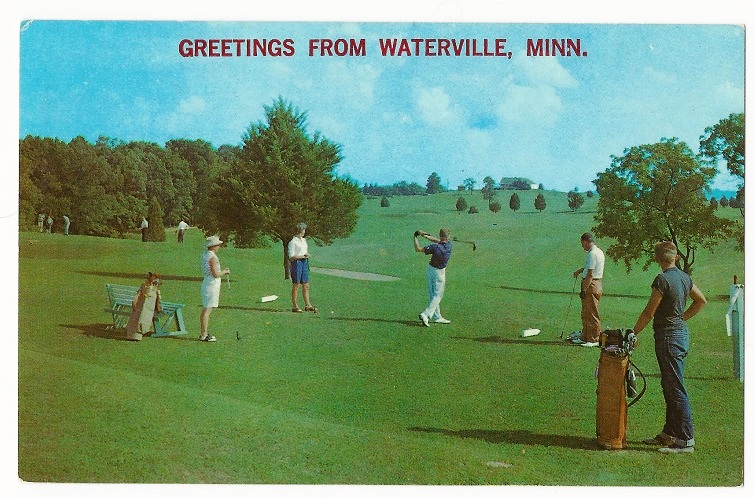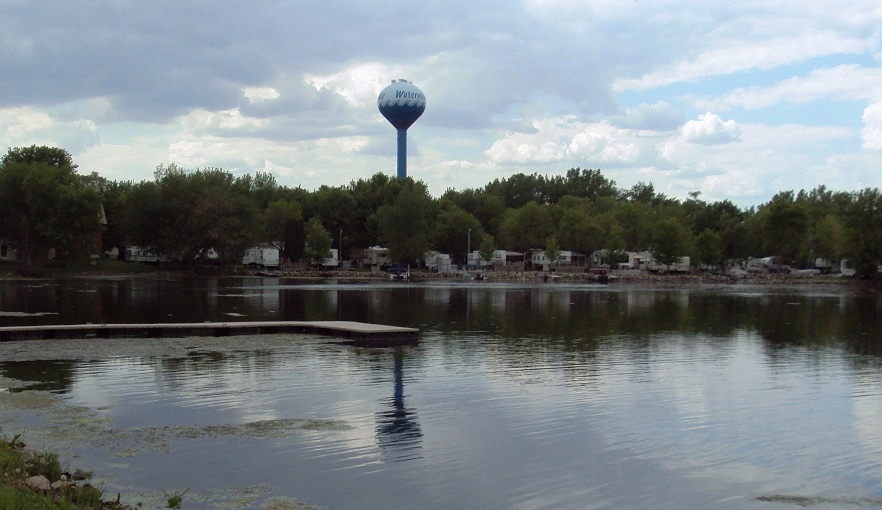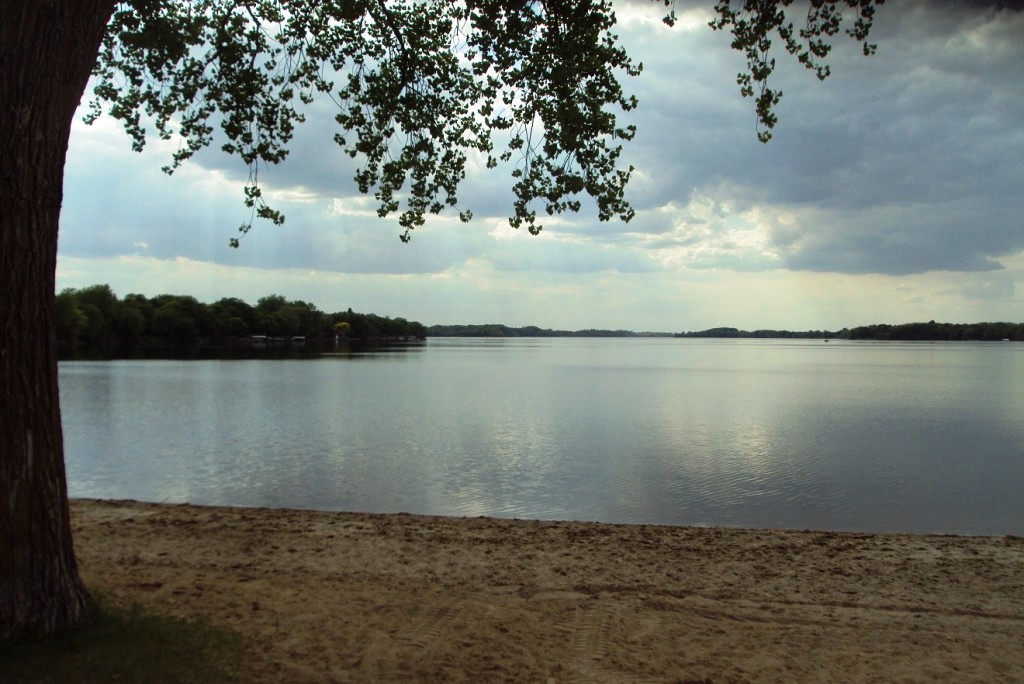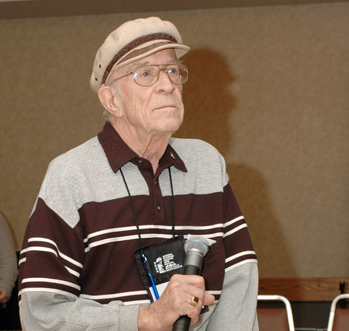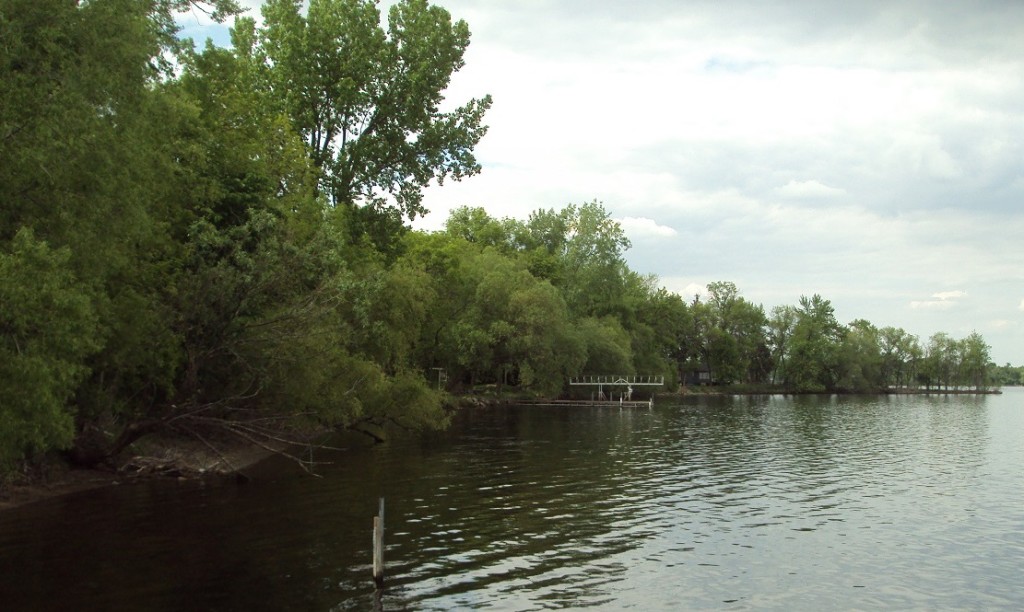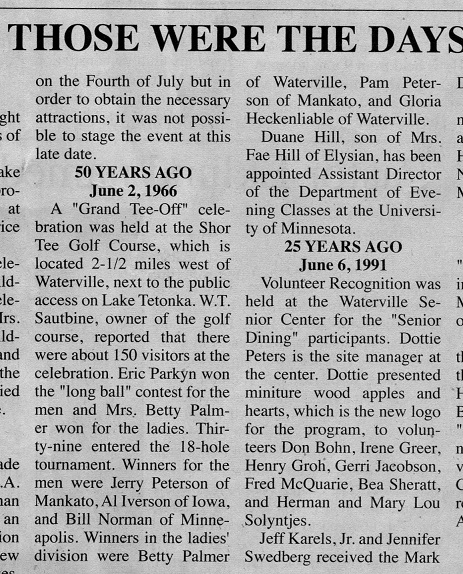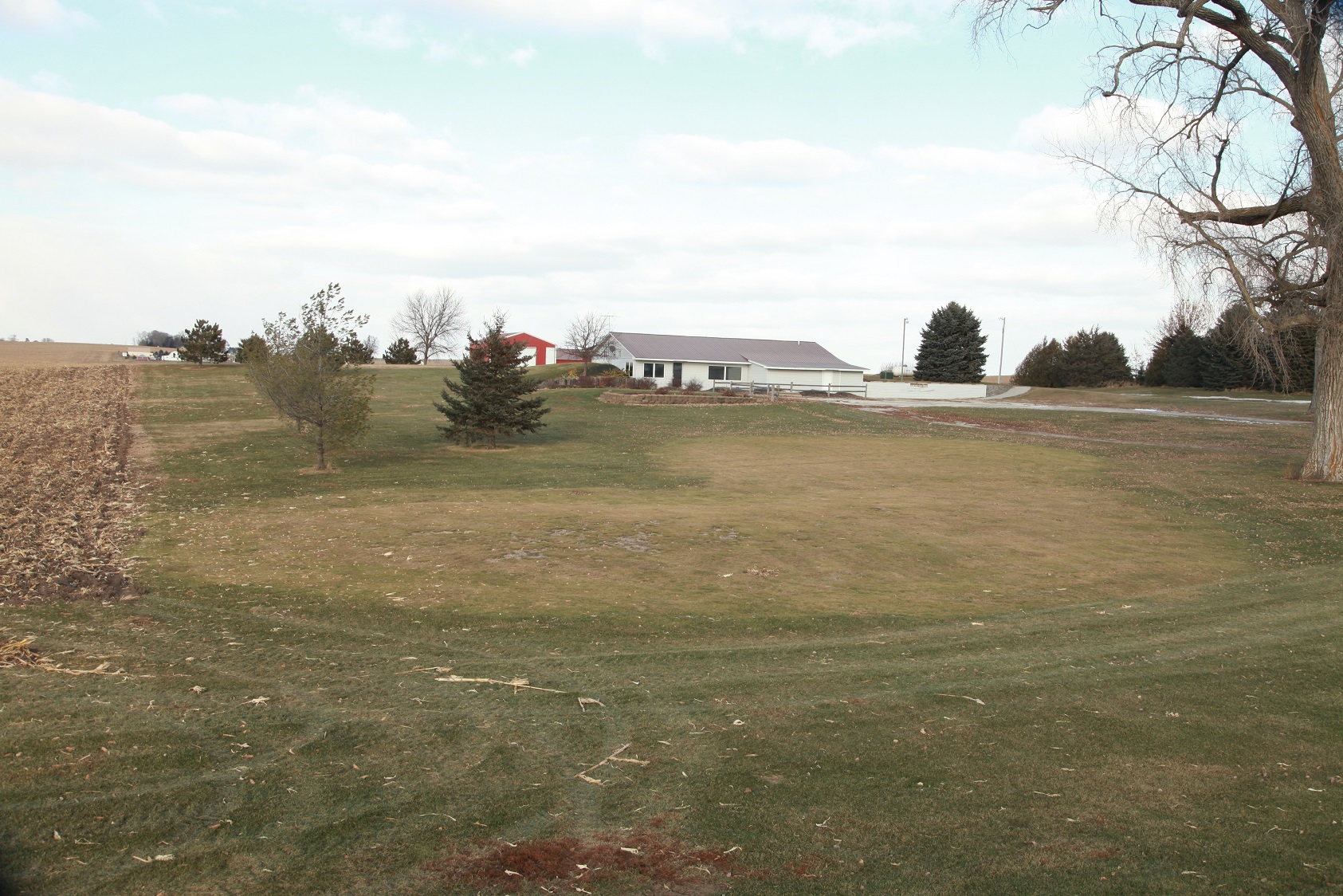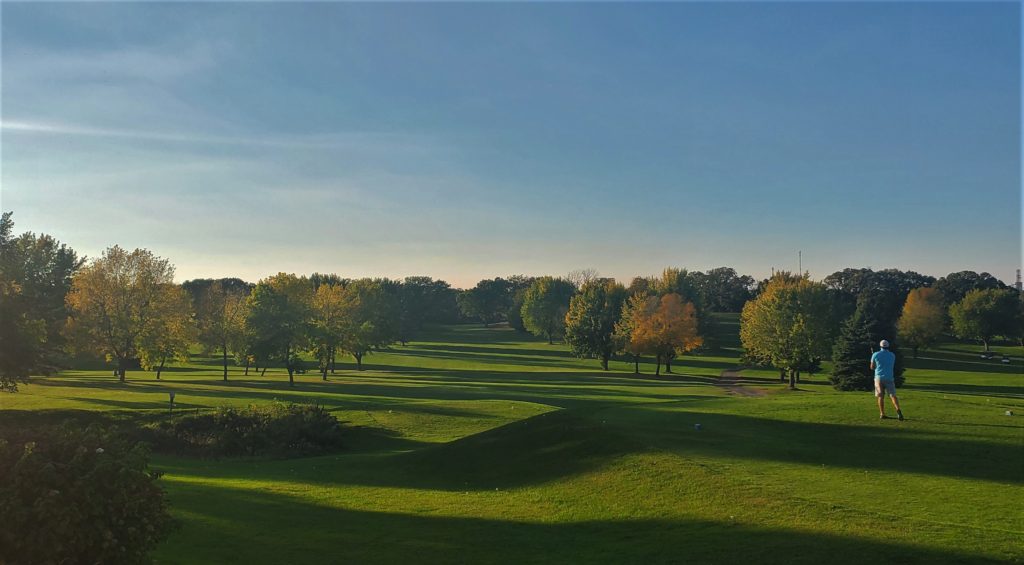Of the 135 verified lost golf courses in Minnesota (update: 248 as of January 2024), six very early renditions share a common, significant characteristic.
No, the correct answer is not “failure,” even if that is a technically accurate answer for almost any lost golf course.
These six courses, all of them shuttered by 1918 — well, those that had clubhouse doors or windows to shutter — shared this commonality: All bore seeds that were whisked away after the course’s demise and sprouted one or 10 or 100 miles away, helping give rise to the game of golf in Minnesota.
To wit:
Winona Golf Club was the state’s first lost golf course, a sliver of light that flickered for mere months in 1897. WGC led the next year to the establishment of Winona’s Meadow-Brook Golf Club, which in 1901 was host of the first Minnesota State Amateur tournament. Bryn Mawr Golf Club (1898-1910) in western Minneapolis was the Halley’s Comet of early lost courses, shining brightly before famously spawning first Minikahda GC in 1899 and then Interlachen CC in 1910). Roadside Golf Club (1897-1902) in St. Paul was Minnesota’s most female-friendly early course. Merriam Park (1900-1906) was, like Meadow-Brook and Bryn Mawr, a charter member of the Minnesota Golf Association.
The other member of the lost-course sextet similarly left its mark on Minnesota golf at the turn of the 20th century before dissolving in the year … well, danged if I know.
So much for historical precision. Onward …
The first known mention (by that I mean known by me) of golf in the southeastern Minnesota city of Rochester was made by the Rochester Post and Record of May 11, 1900: “There is no reason why Rochester should not have a golf club,” the newspaper story began, and reported that a group of 12 people had begun efforts to organize one. Membership was to cost “$10 for a gentleman alone or $15 for lady and gentleman together.”
The story speculated that a grounds would be established on land owned by F.R. Van Dusen southwest of the city, in a pasture straddling the Zumbro River. Judging by later stories, however, it appears the Van Dusen grounds never were used for Rochester’s first course. Coincidentally, judging by an 1896 plat map, that site appears to be near the current Soldiers Field Golf Course grounds.
By late June 1900, the organization of Rochester’s first golf club was imminent. “The game of golf grows greater in popularity with an increasing number of Rochester people,” the Olmsted County Democrat reported on June 29. “The golf links between the State Hospital and St. John’s cemetery have seen more people in the last three weeks than at any other period in known history. … Golf is a most healthful form of exercise and is much enjoyed by all who have the leisure to play.”
A week later, a group of 23 people met at the home of milling company owner John A. Cole and organized the city’s first golf club. On July 6, 1900, the Post and Record and the Olmsted County Democrat both reported on the organization of the first golf club in Rochester.
“The ‘Silver Creek Golf Club’ is now firmly established in this city,” the Post and Record reported. “The foundation stone has been laid, and the nucleus is formed from which a flourishing and prosperous club will grow.
“The present links are situated about a mile from the city (remember, this is 1900 Rochester, population 6,843, not the current sprawl of 100,000-plus), just north of the Northwestern railroad tracks, and this side of the State hospital. At present, there are only five holes laid out, but owing to the constantly increasing membership, the club finds it necessary to lay out two or three more holes. …
“Never was a golf club formed under more favorable circumstances; never were members more enthusiastic and persevering. If this counts for any thing, as we know it does, then who can doubt the bright future of ‘The Silver Creek Golf club.’ ”
Yeah. Maybe, maybe not.
The club was so named because of its proximity to Silver Creek, which runs from east of Rochester into the city before emptying into the Zumbro River near Silver Lake. The course’s grounds are presumed to have lain near what is now 5th Street Northeast and 15th and 17th Avenues Northeast — east of Calvary Cemetery, which went by the name St. John’s Cemetery until 1940.
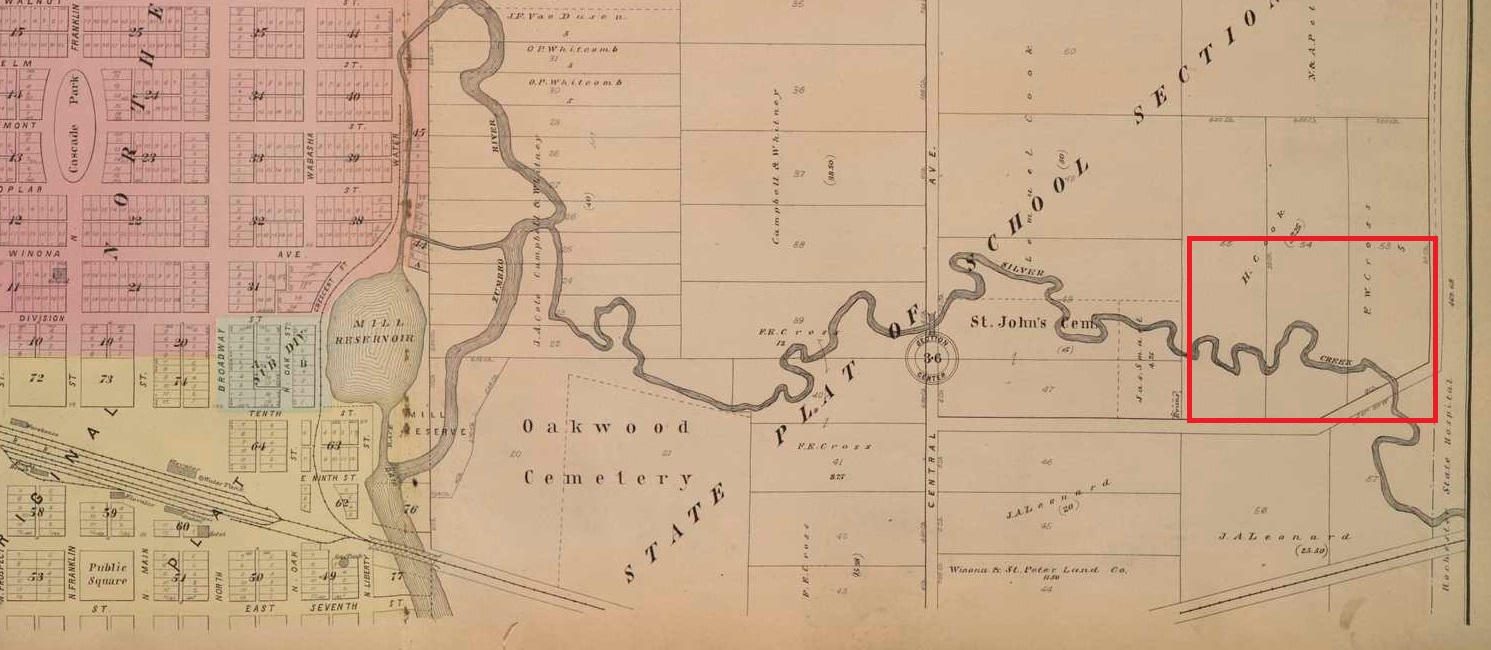
The first set of Silver Creek club officers made for a distinguished foursome in Rochester business and professional society. Cole was the founding president. Arthur F. Kilbourne, the club’s vice president, was superintendent of the Rochester State Hospital. Secretary John H. Kahler was a prominent Rochester hotelier; one of the businesses his family started still operates in downtown Rochester as The Grand Kahler Hotel. Treasurer George J. Stevens owned a carpet and window-hanging business.
Though the club’s founding members were well-to-do, its golf grounds were modest. “This pasture was maintained by a herd of sheep and a few goats with the greens given more attention by hand mowing,” wrote local golf historian James Gardner, the former longtime greens superintendent at Rochester Golf & Country Club, in 1988. The course “expanded” from five holes to six at some point.
Modesty aside, in its second season of operation, Silver Creek Golf Club helped make Minnesota golf history. On Aug. 29, 1901, representatives of seven golf clubs met in Winona and formed the Minnesota Golf Association. The founding clubs were Bryn Mawr and Minikahda of Minneapolis, Town & Country and Merriam Park of St. Paul, Tatepaha of Faribault, Meadow-Brook of Winona …
… and Silver Creek.
Silver Creek was referred to as Rochester Golf Club in Winona newspaper stories documenting the formation of the MGA and as “Rochester Club” in the minutes of the MGA meeting. But as sure as Jordan Spieth can putt, the Rochester club that was a founding MGA member had its grounds on the Silver Creek site — and was not Rochester Golf & Country Club, a point of confusion in some Minnesota golf quarters.
Rochester’s first golf club is referred to as Silver Creek in a St. Paul Globe story of Aug. 30, 1901, that reported on the formation of the MGA. The newspaper reported that “Cole” — presumably John A. Cole — was elected an MGA director. The minutes of the MGA meeting list “Ireland and Terry” as delegates of “Rochester Club” — and H.J. (Harry) Terry and W.W. Ireland also were listed as Silver Creek members in Rochester newspaper stories from 1900.
And then, poof. Almost as soon as Silver Creek Golf Course came onto the scene, it disappeared.
Or didn’t. Take your pick.
There may be more musty records in a vault somewhere, but advancing past 1901, I could not find a shred of firm evidence that Silver Creek Golf Club saw the dawn of 1902. An archivist’s search at the Olmsted County Historical Society revealed no mention of Silver Creek golf from 1902-15. I contacted three golf historians, including Gardner, and none could confirm that the course existed during that 1902-15 “dead period.”
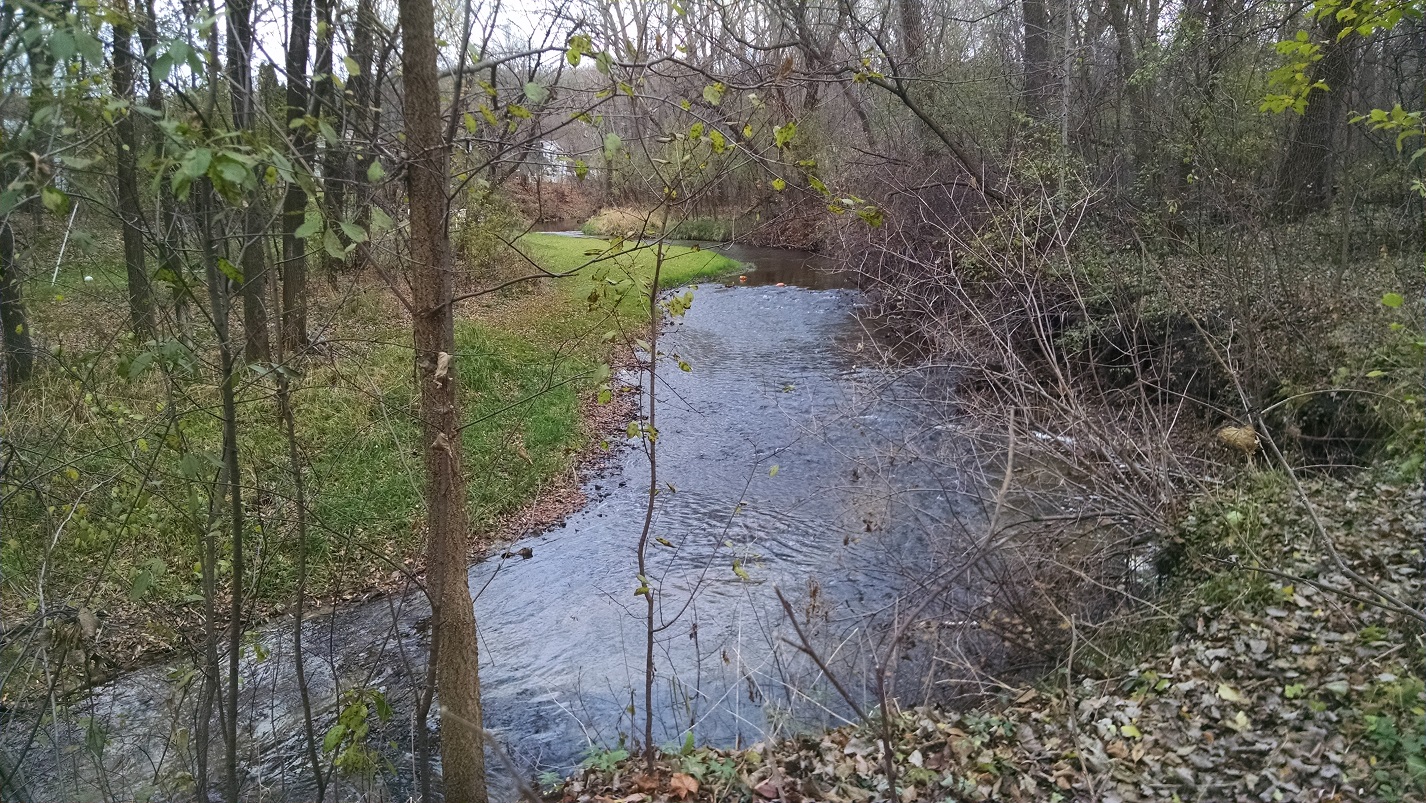
The years 1915-17 marked a pivotal period in the development of Rochester golf. There are slightly different versions of stories afoot, but the essence is that Rochester Golf Club was formed, and play began on the club’s current site two miles west of downtown, known today as Rochester Golf & Country Club. Harry Turpie, professional at Red Wing Country Club, designed the original nine holes at the current site, and famed golf-course architect A.W. Tillinghast designed an expansion to 18 holes in the late 1920s. Today, RG&CC is one of Minnesota’s preeminent courses, having hosted the MGA State Amateur Championship five times.
And what of the Rochesterians who in 1900 pumped drives into Silver Creek or fanned mid-mashies into the cemetery? Those people were not one-year golf wonders. As with others at early Minnesota lost courses, many took up the game at new venues, and some became promoters and pioneers of the game.
Gardner confirmed that Silver Creek members Kilbourne, Ireland and Terry also were early Rochester Golf & Country Club members. Harold J. Richardson, a University of Minnesota law student in 1900 who “suffered a ‘swipe’ in the face with a golf stick” at Silver Creek, according to the Olmsted County Democrat, recovered to become a prominent attorney, moved to St. Paul, and had memberships at Town & Country Club, Minikahda, Somerset and White Bear Yacht Club.
Certainly, there were other Silver Creek members whose games emigrated to other courses. And so, Silver Creek joins a group of Minnesota lost golf courses that are gone but should not be forgotten.
POSTSCRIPT
Since my original posting, I have come across a few more references. Unfortunately, they make the history of early Rochester golf as crystal-clear as a dank day in London.
In order, with commentary and amateur analysis:
— The Minneapolis Tribune of Aug. 30, 1901, reported on the forming of the MGA in very similar fashion to the St. Paul Globe of the same date, and also referred to the Rochester Club as Silver Creek.
— The Minneapolis Journal of May 6, 1901, confuses the issue. “The local golf club, which has just been organized, has laid out its links in the southwestern part of the city, and the game promises to be a very popular one this summer.” The geographical reference is befuddling. Silver Creek was/is decidedly in the eastern part of Rochester. Unless Rochester’s first golfers abandoned the Silver Creek layout after the 1900 season and reorganized in 1901 in another location, perhaps on the Van Dusen land southwest of the city, there is a geographical contradiction at play here. And the “just been organized” reference also is confusing, because there was a Rochester club the year before, and the club still was referred to as Silver Creek later in 1901, when the MGA organized. Why would there be “Silver Creek” references in 1901 if the club had relocated?
— I was wrong about references to golf in Rochester vanishing in late 1901. Despite going through many issues of two Rochester newspapers from 1902 and 1903 and then 1914 to no avail, I did find a Minneapolis Journal story reporting on the 1903 MGA state tournament that reads in part, “Two new golf clubs, those of Rochester and St. Cloud, have been added to the state association during the last year.” There was no mention of Silver Creek in the Journal story.
— Yet that story seems to contradict an early document. In 1920, the MGA compiled a list of all member clubs, current and former. “Rochester Golf Club, Aug. 29, 1901,” the document reads, referencing its founding date as an MGA member. “Resigned 1902.”
Resigned. That’s a good word. I do believe I am resigned to not understanding what in the name of Francis Ouimet Rochester residents were doing with their club or clubs and its name or names from 1901 to 1903, not to mention beyond. Further information would, of course, be most welcome.
